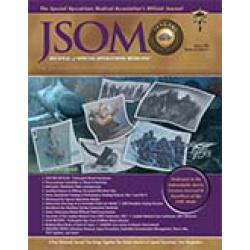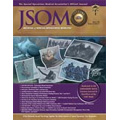Development of a Swine Polytrauma Model in the Absence of Fluid Resuscitation
Abdou H, Patel N, Edwards J, Richmond MJ, Elansary N, Du J, Poliner D, Morrison JJ 21(4). 77 - 82 (Journal Article)
Background: In locations in which access to resuscitative therapy may be limited, treating polytraumatized patients present a challenge. There is a pressing need for adjuncts that can be delivered in these settings. To assess these adjuncts, a model representative of this clinical scenario is necessary. We aimed to develop a hemorrhage and polytrauma model in the absence of fluid resuscitation. Materials and Methods: This study consisted of two parts: pulmonary contusion dose-finding (n = 6) and polytrauma with evaluation of varying hemorrhage volumes (n = 6). We applied three, six, or nine nonpenetrating captive bolt-gun discharges to the dose-finding group and obtained computed tomography (CT) images. We segmented images to assess contusion volumes. We subjected the second group to tibial fracture, pulmonary contusion, and controlled hemorrhage of 20%, 30%, or 40% and observed for 3 hours or until death. We used Kaplan-Meier analysis to assess survival. We also assessed hemodynamic and metabolic parameters. Results: Contusion volumes for three, six, and nine nonpenetrating captive bolt-gun discharges were 24 ± 28, 50 ± 31, and 63 ± 77 cm3, respectively (p = .679). Animals receiving at least six discharges suffered concomitant parenchymal laceration, whereas one of two swine subjected to three discharges had lacerations. Mortality was 100% at 12 and 115 minutes in the 40% and 30% hemorrhage groups, respectively, and 50% at 3 hours in the 20% group. Conclusion: This study characterizes a titratable hemorrhage and polytrauma model in the absence of fluid resuscitation. This model can be useful in evaluating resuscitative adjuncts that can be delivered in areas remote to healthcare access.


 Español
Español 




